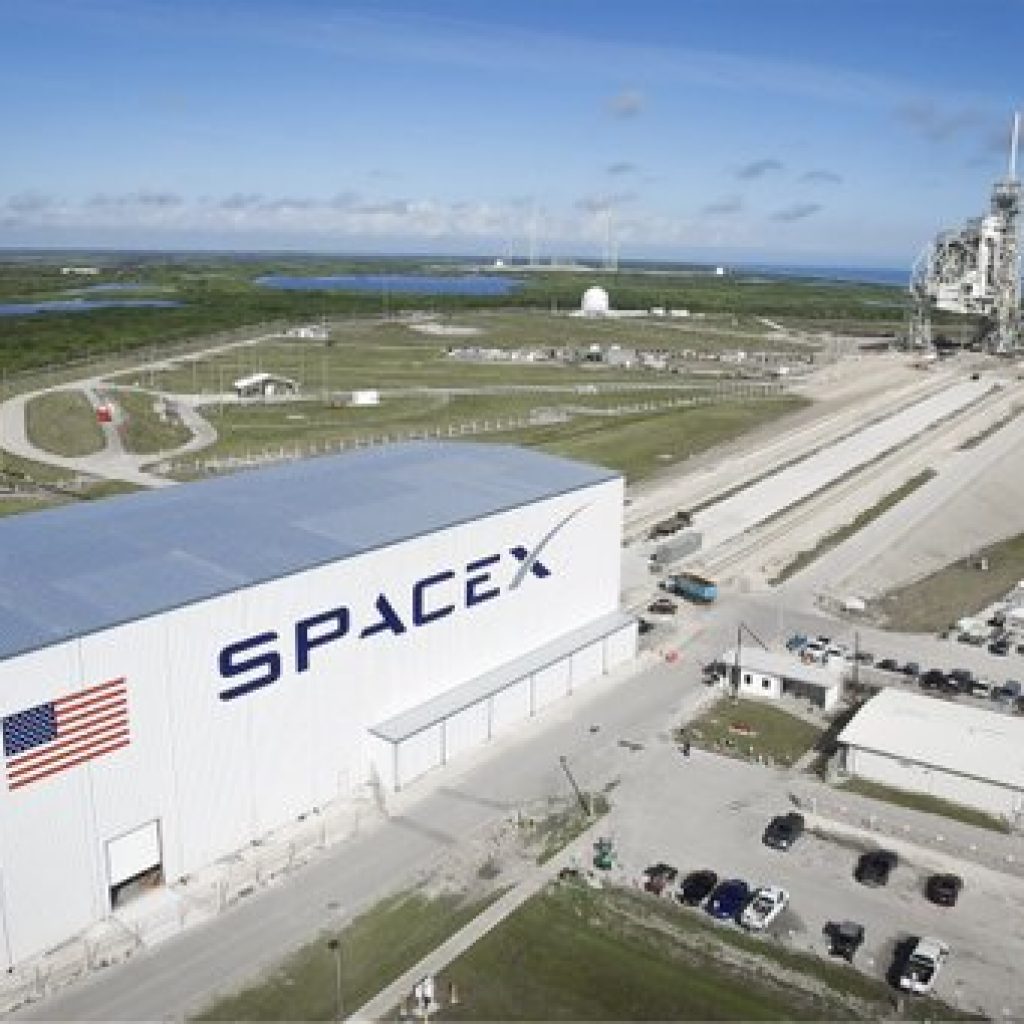
On Monday night, Elon Musk and his aerospace company SpaceX made history, finally demonstrating their reusable rocket technology.
Engineers successfully returned the company’s Falcon 9 rocket to Earth, landing it vertically on a landing pad at Cape Canaveral, Florida — just ten minutes after it blasted off for its jaunt to space and back.
The rocket’s second stage is still in the process of carrying 11 satellites into low Earth orbit for communications company ORBCOMM.
The Falcon 9 first stage landing is confirmed. Second stage continuing nominally. pic.twitter.com/RX2QKSl0z7
— SpaceX (@SpaceX) December 22, 2015
All in all, it’s an historic feat that promises to dramatically reshape the economics of the private space industry. If SpaceX can take this historic success to the marketplace, it would be able to avoid sabotaging $16 million worth of equipment each time it sends satellites into space or carries supplies to the International Space Station. Such a dramatic drop in operation costs would make SpaceX’s launch prices unbeatable.
SpaceX has been trying for some time to perfect its reusable rocket technology. Over the last two years SpaceX, Musk and its fans and followers have watched two near misses and a spectacular explosion thwart their attempts.
On previous failed attempts, SpaceX tried to return its reusable rocket stage to a floating landing pad. Monday night’s target was on solid ground at Cape Canaveral Air Force Station.
Congrats @SpaceX on landing Falcon’s suborbital booster stage. Welcome to the club!
— Jeff Bezos (@JeffBezos) December 22, 2015
“Congrats SpaceX on landing Falcon’s suborbital booster stage. Welcome to the club!” Amazon CEO Jeff Bezos tweeted — apparently unwilling to acknowledge the key differences between the accomplishments of his and Musk’s companies.
Bezos and his aerospace outfit Blue Origin successfully returned a rocket to Earth after a trip to the edge of space last month. But as writers at Wait But Why point out, what SpaceX just accomplished was “100 times more difficult.”
Returning a rocket after an actual space launch with an actual load — 11 very heavy communications satellites — requires more fuel, a more complicated trajectory and less fuel to work with on the way down. As Musk pointed out, Bezos’ rocket could have never made it into low Earth orbit.
